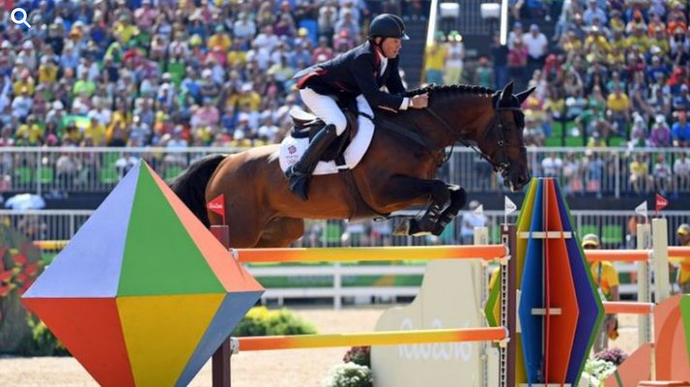So I understand that a belly guard is designed to protect the horses belly from studs when worn. But I see so many people having their horse wear then with no studs worn. So my question is, if studs aren’t used, when would you use one, how would you know, or is it even necessary?
I have a 5yo OTTB with massive amounts of scope. We just moved up to the .90m and he jumps them higher than needed but in good, but loose, form. We haven’t reached a height yet where effort is really needed. That being said, does he need one? How would I know? I have one since my old trainer expected me to have one regardless of height, but that horse is retiring and before I sell it just want to know if maybe its something I need later? I mean not gonna lie I like the look, but rather have tack with purpose than look.
Videos of my 5yo for reference.







 ? (Provided it is the right size of course. Don’t squish him in it or play the loose girth game!)
? (Provided it is the right size of course. Don’t squish him in it or play the loose girth game!)





